Midterm Exam Term & Image Guide: Northern Renaissance Art
1/53
Earn XP
Description and Tags
This set of flashcards covers key terminology and concepts related to Northern Renaissance Art, including notable artworks, techniques, and figures.
Name | Mastery | Learn | Test | Matching | Spaced |
|---|
No study sessions yet.
54 Terms
Renaissance Style
A period of revival in art and culture, characterized by humanism and naturalism.
Humanism
An intellectual movement during the Renaissance that emphasized the value of human potential and achievements.
Naturalism
An artistic style that aims to represent objects as they appear in nature.
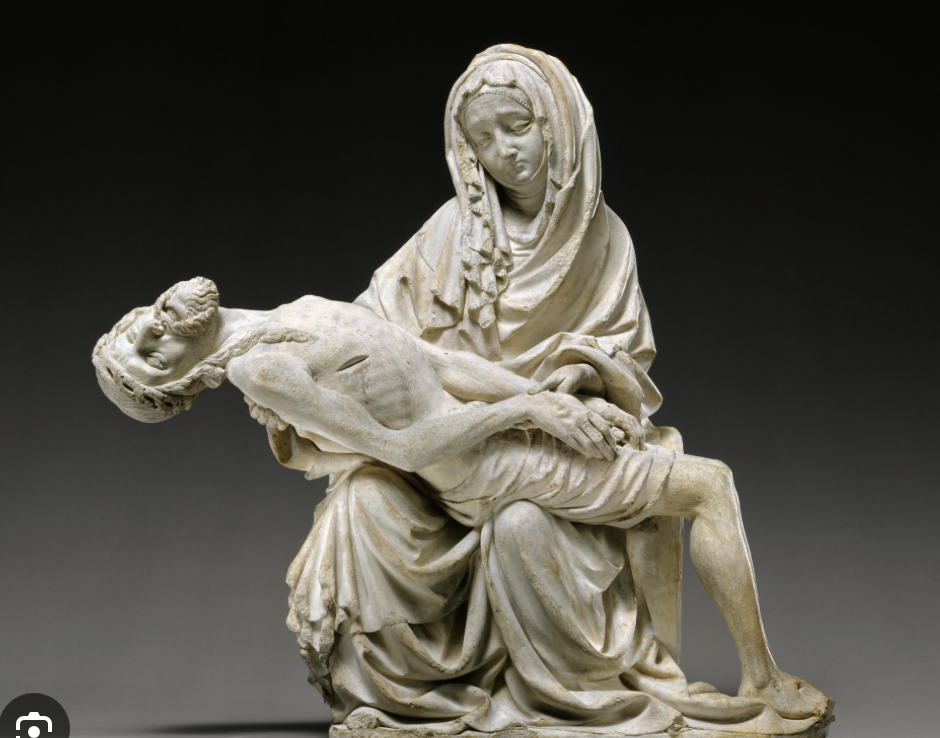
Vesperbild
A type of late medieval devotional image representing the Virgin Mary mourning Christ.
Madonna
A depiction of Mary, the mother of Jesus, often shown with Christ.
Tempera
A painting medium made from colored pigments mixed with a water-soluble binder.
Polychromed Stone
Stone that has been coated or painted in several colors.
Oil Varnish Glaze
A method of painting that involves using thin layers of oil paint to create depth and luminosity.
Altarpiece
A painted or carved work of art placed behind the altar in a church.
Distemper
A type of paint made with pigment and a water-soluble binder, once commonly used for wall painting.
Trompe-l'oeil
An art technique that uses realistic imagery to create the optical illusion that depicted objects exist in three dimensions.
Studiolo
A small study or private room in Renaissance Italy, often decorated with paintings or carved panels.
Mystery Plays
Dramatic performances that depict biblical stories, popular in medieval Europe.
Engraving
A printmaking technique where an image is incised onto a hard surface, before being inked and pressed onto paper.
Guild of St. Luke
An artists' guild in the Low Countries, named after the patron saint of painters.
Ars Nova
A term describing a style of late medieval music and art characterized by innovation.
Polychromed Marble
Marble stone that has been painted or colored in various hues.
John of Berry
A patron of the arts and one of the most significant collectors during the Late Middle Ages, known for commissioning illuminated manuscripts and lavish art pieces.
Philip the Bold of Burgundy
A significant duke of Burgundy and patron of the arts known for his role in the development of the Burgundian Netherlands and his collection of illuminated manuscripts.
tapestry
a decorative fabric art often depicting historical or mythological scenes, commonly used to adorn walls.
illuminated manuscript
A handwritten book or document that is decorated with ornate illustrations and designs, often featuring gold or silver leaf, and significant in the history of art during the Middle Ages.
book of hours
A type of devotional book popular in the late Middle Ages, containing a collection of prayers, psalms, and readings to be used for daily worship.
nternational style
A style of late Gothic art characterized by elegant figures, rich colors, and intricate detail, prevalent in Europe during the 14th and 15th centuries.
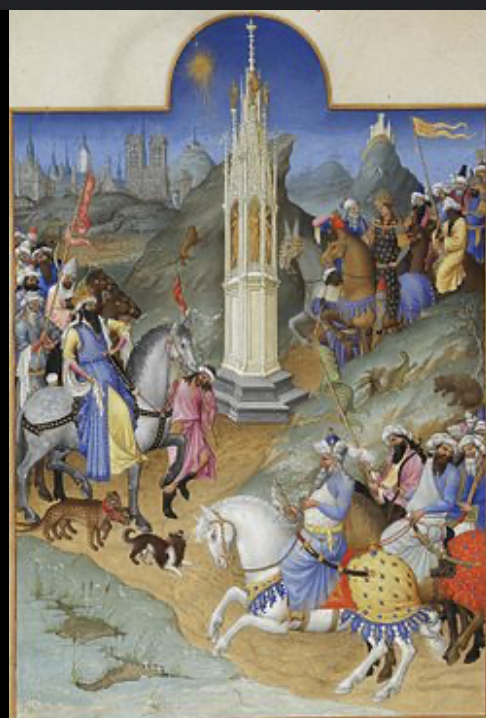
fons vitae
A Latin term meaning "source of life," used in Renaissance art to refer to images that symbolize divine grace and spiritual nourishment.
silverpoint
A drawing technique used during the Renaissance, where silver wire is used to create delicate lines on a prepared surface, producing fine and precise illustrations.
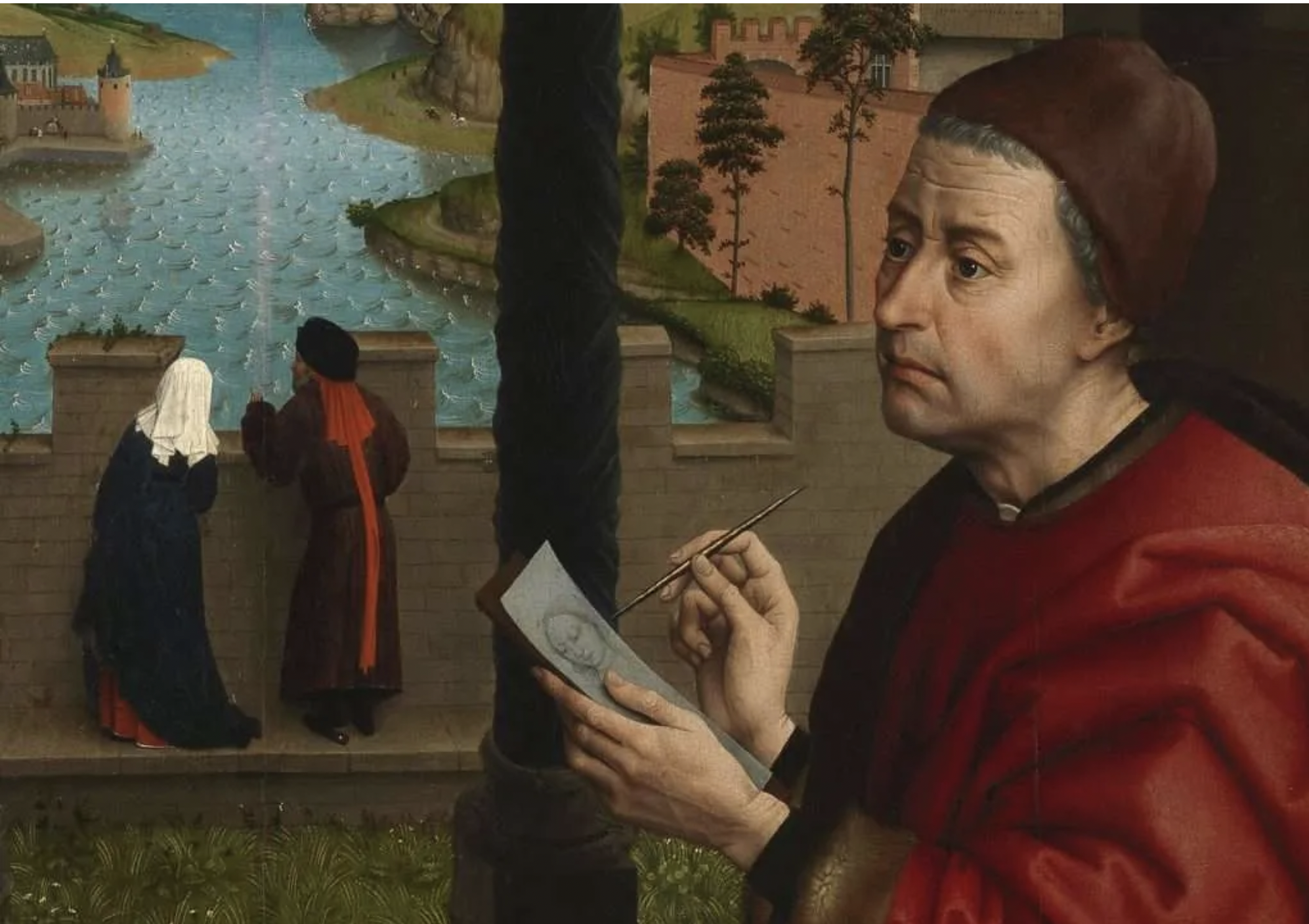
glaze
A painting technique involving the application of a thin, transparent layer of paint over a dried layer to create depth and richness in color.
valet du chambre
A French term meaning "valet of the chamber," referring to a personal attendant in a royal or noble household responsible for dressing and grooming.
sudarium
A cloth used to wipe or cover the face, often associated with the burial of Christ, specifically referring to the cloth that covered his face.
hortus conclusis
A walled garden symbolizing purity and the Virgin Mary, often depicted in Northern Renaissance art.
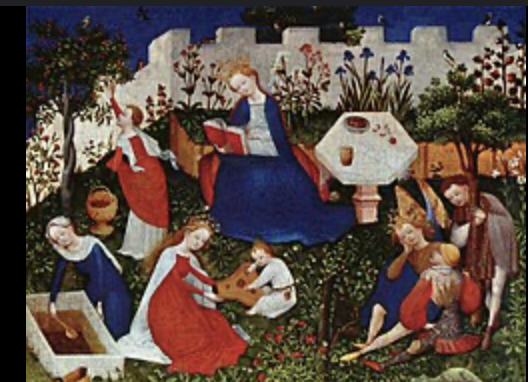
imitatio christi
A Christian literary work attributed to Thomas à Kempis, discussing the significance of imitating the life of Christ and striving for spiritual growth.
ars nova
A musical style originating in late medieval France that emphasized rhythm and polyphony, marking a significant development in the history of Western music.
karel van mander
A Dutch painter and writer of the Northern Renaissance, known for his comprehensive biographies of artists in "Het Schilder-Boeck."
vanitas
a genre of still life in art that symbolizes the transience of life and the futility of pleasure, often featuring objects like skulls and hourglasses.
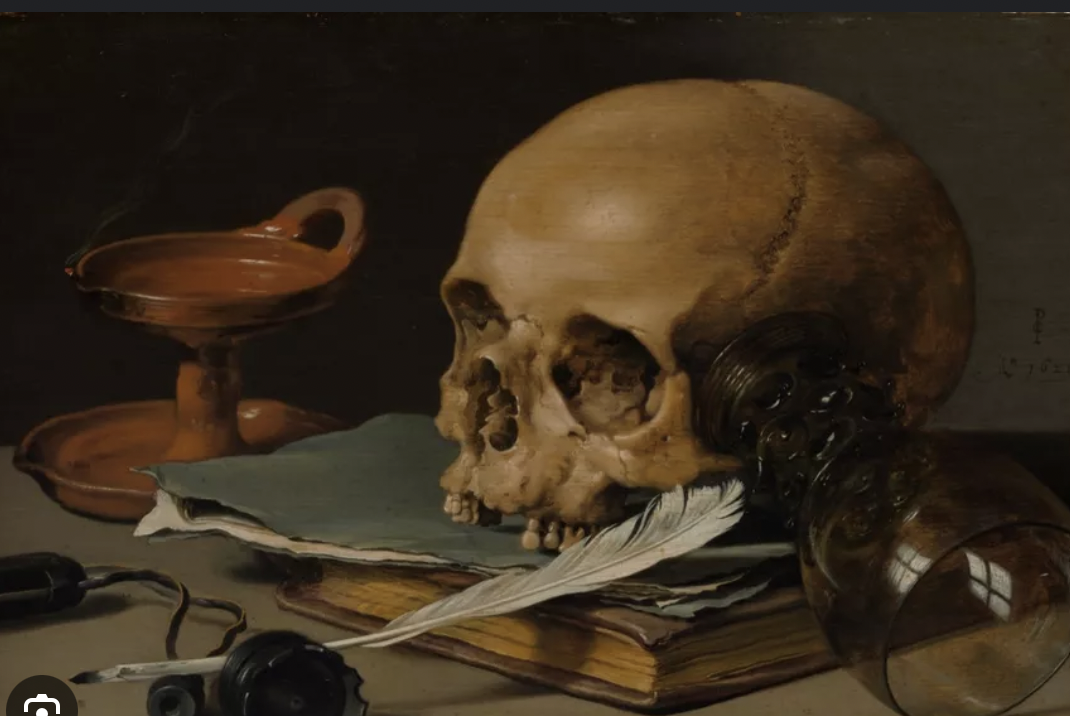
trompe-l’oeil
a painting technique that creates an optical illusion, making two-dimensional objects appear three-dimensional on a flat surface.
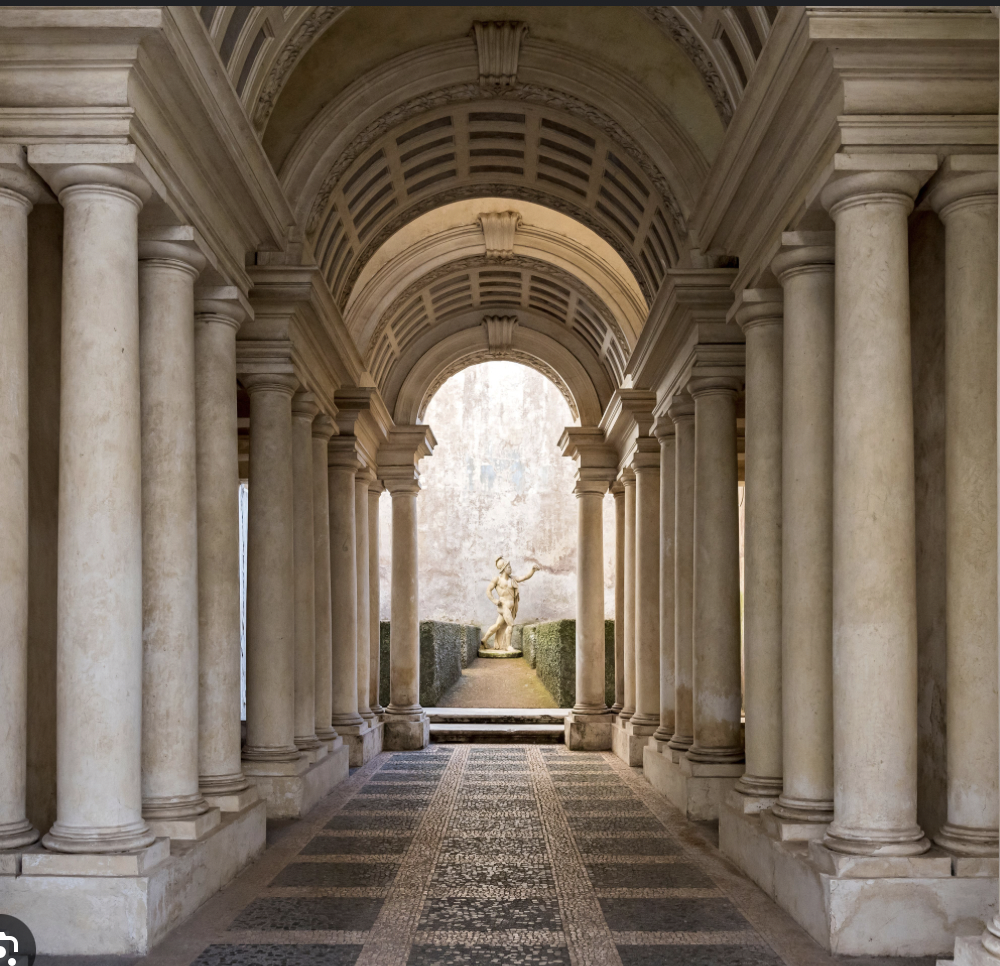
new/old dispensations
concepts in theology depicting God's covenants with humanity, contrasted between the Old and New Testaments.
eclecticism
a style in art that combines elements from various sources and periods, resulting in a diverse and multi-faceted aesthetic.
thalamus
A structure in the brain that acts as a relay station for sensory and motor signals to the cerebral cortex, also involved in the regulation of consciousness, sleep, and alertness.
distemper
a painting medium made from pigment mixed with water and a binder, often used on paper or canvas.
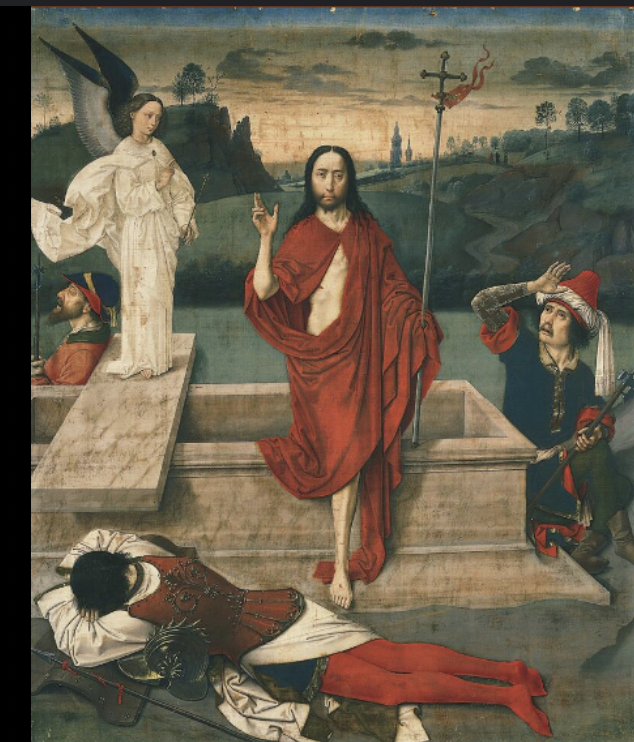
studiolo
a small, often private room in a house or palace for study and contemplation, typically adorned with art and collectibles.
condittieri
Italian mercenary leaders employed during the Renaissance, often hired by city-states for military conflicts.
urbino
a city in Italy known for its rich cultural history and notable works of art during the Northern Renaissance, including those created by artists like Piero della Francesca.
federigo da montefeltro (of urbino)
a Duke of Urbino, renowned as a patron of the arts and a military leader during the Renaissance. He is celebrated for his contributions to cultural and artistic endeavors in Italy.
florence
a city in Italy that was a major cultural and artistic center during the Renaissance, known for its influential philosophy, art, and architecture.
tomasso portinari
a prominent Italian banker and art patron in Florence during the Northern Renaissance, known for commissioning works from famous artists.
madonna lactans
a depiction of the Virgin Mary nursing the infant Jesus, often symbolizing maternal love and nurturing in Renaissance art.
mystery plays
drama narratives that depict biblical stories and moral lessons, often performed in medieval Europe.
proscenium
a stage architecture that frames the action, typically featuring a raised platform and an arch.
mysticism
A spiritual belief system focusing on personal communion with the divine, often through direct experiences.
printing press
A machine invented in the 15th century that revolutionized the production of books and written materials, enabling mass communication and the spread of ideas.